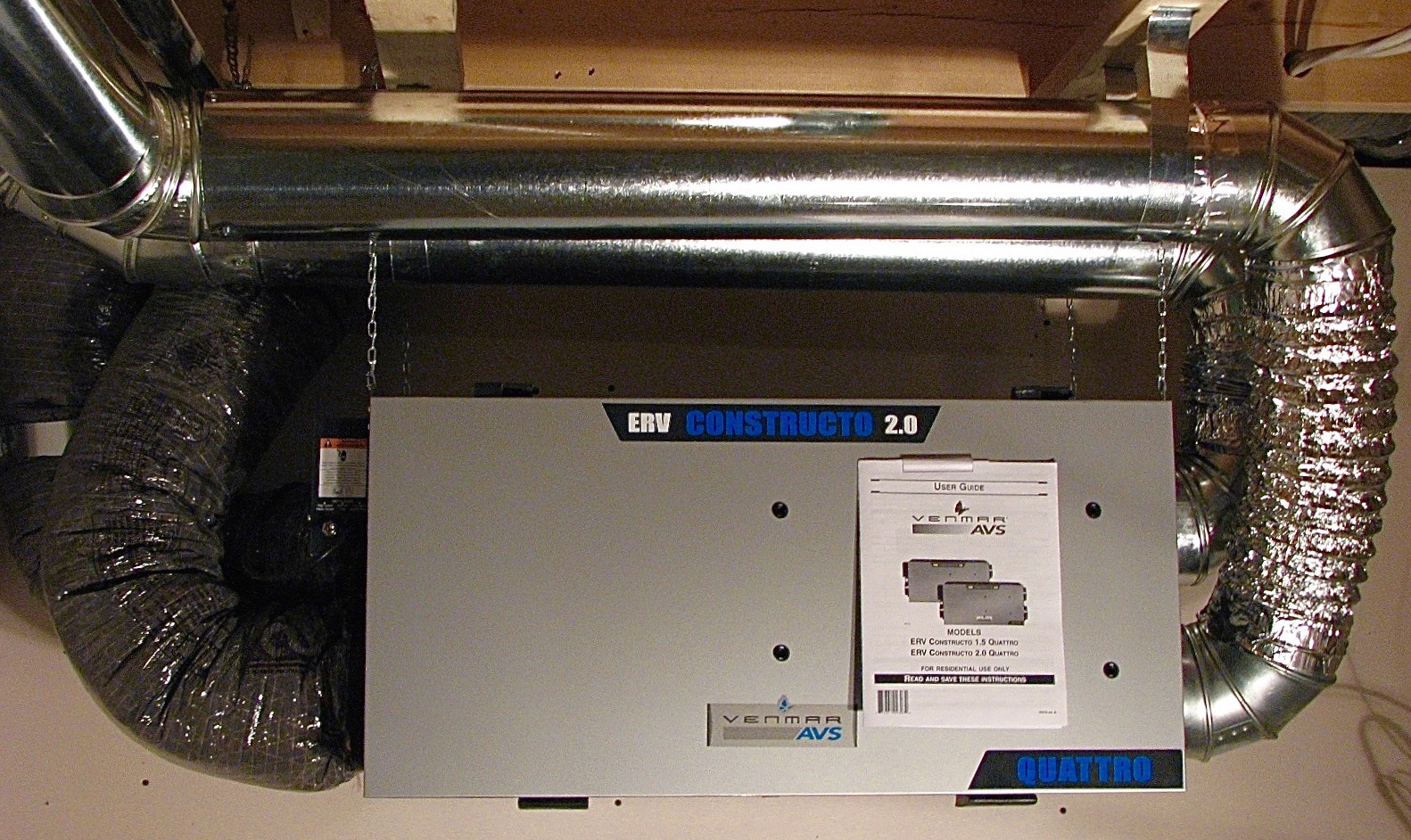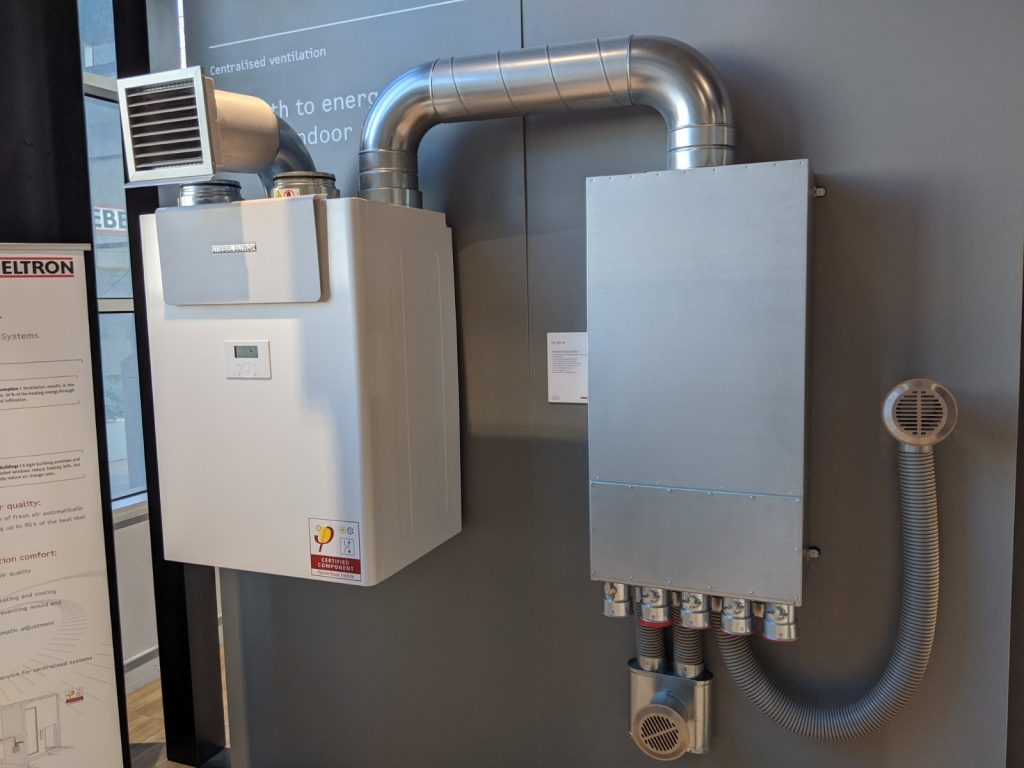A Practical Guide to HRV Maintenance
Wiki Article
Checking out the Advantages of Heat Recovery Ventilation for Energy Performance in Houses
Heat Recovery Ventilation (HRV) systems provide homeowners a functional approach to improving power efficiency. By recovering warmth from outbound air, these systems can substantially reduce heating & cooling costs. Furthermore, they give a constant supply of fresh air, improving indoor air high quality and convenience levels. As house owners consider sustainable alternatives, comprehending the subtleties of HRV systems becomes significantly crucial. What aspects should one examine before making such a financial investment?Understanding Heat Recovery Ventilation Equipments

Exactly How HRV Boosts Indoor Air Quality

Power Cost Savings: The Economic Advantages of HRV
Optimizing power performance, heat recovery ventilation (HRV) systems supply substantial monetary benefits for house owners. By recuperating and recycling warmth from exhaust air, HRVs noticeably minimize cooling and heating prices. This modern technology can lead to power cost savings of approximately 30%, depending upon climate and use patterns. Property owners frequently notice decreased utility expenses shortly after setup, making HRVs an economically wise financial investment gradually. In addition, numerous areas offer incentives or refunds for energy-efficient upgrades, better improving the economic appeal. As power prices remain to rise, the cost-effectiveness of HRVs comes to be progressively clear. On the whole, the consolidation of HRV systems not only advertises power effectiveness but likewise adds to long-term financial cost savings for families.The Ecological Influence of Heat Recovery Ventilation
A considerable environmental advantage of heat recovery ventilation (HRV) systems hinges on their ability to lower overall energy intake. By reclaiming warm from exhaust air and moving it to incoming fresh air, HRV systems reduce the requirement for energy-intensive heating and cooling down techniques. This decrease in energy need adds to lower greenhouse gas emissions, as less nonrenewable fuel source is required to maintain comfortable indoor temperature levels. Furthermore, HRV systems improve interior air quality by efficiently exchanging stale air with fresh exterior air, minimizing dependence on mechanical air conditioning systems that can hurt the atmosphere. In general, the execution of HRV systems sustains sustainable living methods and aligns with global efforts to combat environment change by advertising energy efficiency in domestic setups.
Selecting the Right HRV System for Your Home
Exactly how can home owners ensure they choose the right heat recovery ventilation (HRV) system for their needs? First, they need to assess their home's dimension and format, as these aspects influence airflow demands. Next, examining the system's effectiveness ratings is vital, as greater ratings show far better performance and power financial savings. Home owners must also consider installment and upkeep costs, contrasting different brands and models for value. In addition, it is very important to evaluate noise degrees, as some systems operate even more quietly than others. Consulting with heating and cooling professionals can give tailored suggestions based upon details home conditions. Examining user evaluations and service warranties can aid in making a notified choice, making certain that the selected HRV system efficiently improves indoor air top quality and power performance.Frequently Asked Concerns

Exactly how Frequently Should I Tidy or Keep My HRV System?
The frequency of cleansing or keeping a warm healing air flow (HRV) system typically depends upon use and environmental variables. Normally, it is advisable to carry out maintenance every six months to guarantee peak performance and air top quality.
Can HRV Solutions Help In Reducing Humidity Degrees Inside?
HRV systems can properly decrease interior moisture levels by trading stagnant, damp air with fresh, drier air from outdoors. HRV Heat Recovery Ventilation. This procedure aids maintain a well balanced indoor atmosphere, boosting comfort and preventing moisture-related issues
What Is the Life-span of a Regular HRV System?
The life expectancy of a regular heat HRV Heat Recovery Ventilation recovery ventilation (HRV) system varies, usually lasting between 10 to 15 years. Regular maintenance can extend its performance and operational life, guaranteeing peak performance throughout its use duration.Are There Any Noise Worry About HRV Equipments?
Sound interest in HRV systems can arise, specifically from follower operation. Nonetheless, numerous modern devices are made to decrease audio levels, guaranteeing they operate quietly while maintaining efficiency, which attends to prospective disruptions in living atmospheres.Can I Mount an HRV System Myself, or Do I Required a Specialist?
The specific contemplated whether to set up the heat recovery ventilation (HRV) system directly or hire an expert. Typically, while DIY setup is feasible, knowledge guarantees correct capability and conformity with local building regulations, improving system effectiveness.Report this wiki page